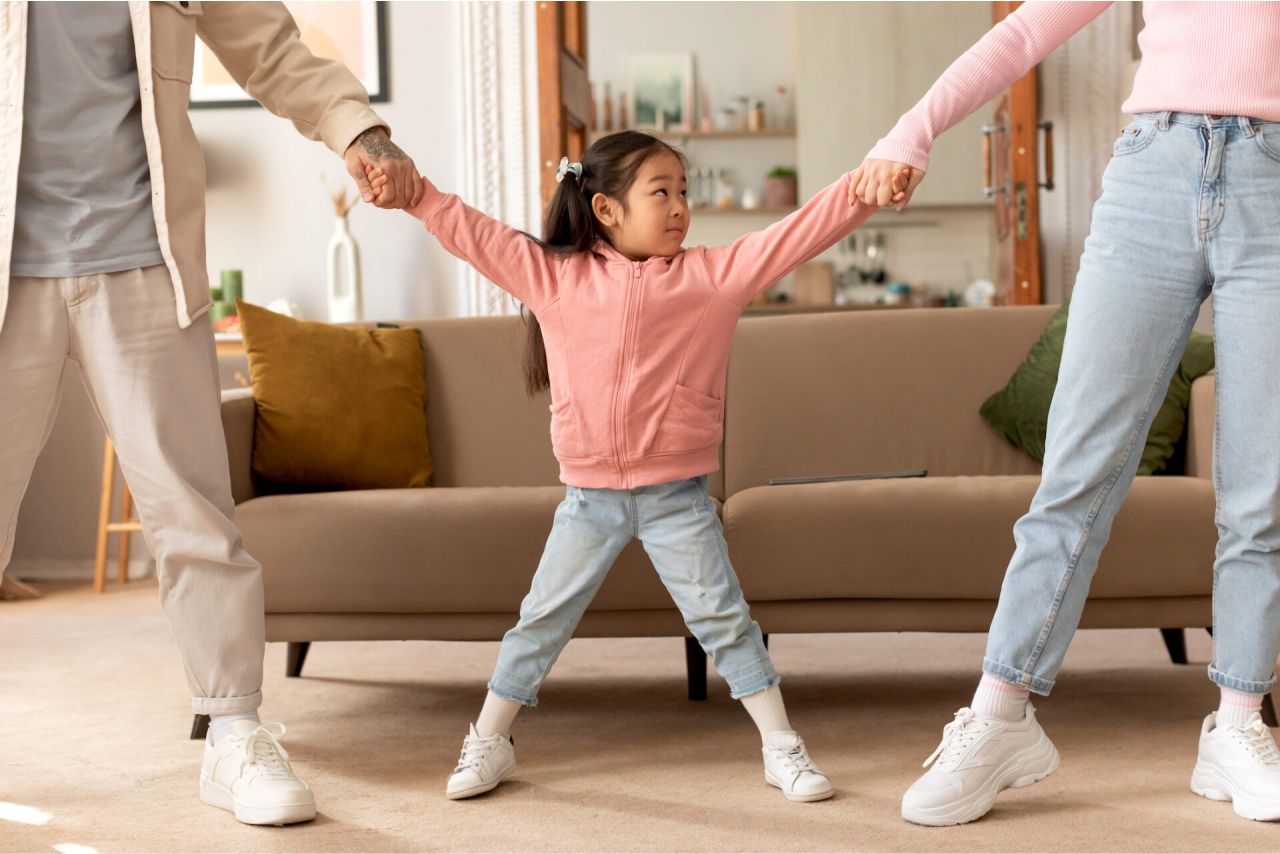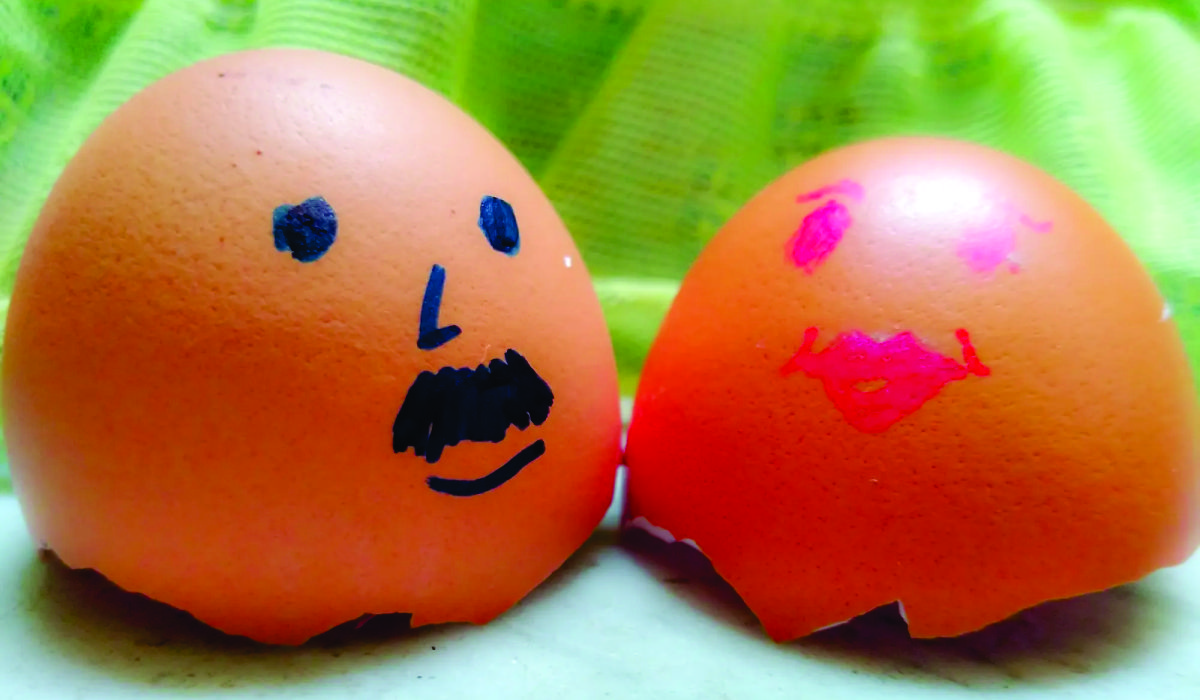Artistic Expression and Beyond: How Drawing and Coloring Contribute to Holistic Child Development
Artistic activities play a pivotal role in shaping the multifaceted development of children. From the earliest scribbles to more refined creations, drawing and coloring hold the power to ignite imagination, enhance cognitive skills, and foster emotional growth. This article delves into the interconnectedness of drawing, coloring, and holistic child development, shedding light on the remarkable journey these creative pursuits facilitate.

Cognitive Development Through Artistic Expression
Engaging in drawing and coloring activities goes beyond simple artistic endeavors—it actively nurtures cognitive abilities in children. Through these activities, children’s cognitive horizons expand:
- Enhancing Visual Perception and Pattern Recognition: Children’s visual acuity is sharpened as they manipulate colors and shapes, enabling them to identify and differentiate patterns in everyday life.
- Developing Spatial Awareness and Object Recognition: Translating three-dimensional mental images onto paper fosters spatial cognition and object recognition, crucial skills for understanding the world.
- Stimulating Problem-Solving Skills and Creative Thinking: Navigating color choices, compositions, and proportions encourages children to approach challenges with inventive solutions, fostering their creative and analytical thinking.
Motor Skill Refinement and Hand-Eye Coordination
Fine motor skills form a cornerstone of childhood development, and drawing and coloring serve as dynamic tools for their refinement:
- Highlighting the Importance of Fine Motor Skills: Fine motor skills lay the foundation for activities ranging from buttoning clothes to handwriting. They’re essential for skill and precision.
- Exploring Precision Through Intricate Designs: Engaging in detailed coloring and intricate drawing requires meticulous control of hand movements, and fine-tuning children’s motor skills.
- Coordination Between Hand Movements and Visual Focus: Translating mental imagery into physical drawings enhances hand-eye coordination, fostering a seamless connection between the eyes, brain, and hand.
Emotional and Psychological Development
Artistic expression isn’t confined to the visual—it becomes an emotional outlet that profoundly impacts a child’s psychological growth:
- The Emotional Outlet Provided by Artistic Expression: Art provides a haven for children to express their feelings without words, enabling them to communicate complex emotions.
- Empowering Emotional Expression and Processing: Drawing and coloring serve as vehicles for expressing and processing emotions that might otherwise be challenging to articulate.
Boosting Self-Esteem Through Creative Achievement: Completing an artwork instills a sense of accomplishment, boosting a child’s self-esteem and fostering a positive self-image.
See Also: Reflection methods: 4 creative exercises, you can succeed in the positive review
Language and Communication Development
Artistic activities serve as a dynamic conduit for fostering language development, enabling children to communicate and express themselves with finesse. Drawing and coloring, ex: Alphabet coloring pages, contribute significantly to this realm by:
- Role of Artistic Activities in Language Development: Creative endeavors like drawing and coloring engage multiple senses, enhancing language processing and expression.
- Fostering Communication Skills Through Drawing and Coloring:
- Storytelling through Visual Narratives: Children weave intricate tales by translating their imaginative visions into visual stories, strengthening their narrative and storytelling abilities.
- Building Vocabulary Across Colors, Shapes, and Objects: As children explore various hues, shapes, and subjects, they expand their vocabulary and learn to articulate intricate details in their conversations.
Social Interaction and Collaborative Learning
Drawing and coloring extend beyond solitary pursuits, offering a fertile ground for social interactions and collaborative learning experiences:
- Tapping into Group Artistic Activities: Engaging in art as a group nurtures shared experiences, facilitating camaraderie and cooperative learning among children.
- Drawing and Coloring for Social Interaction:
- Sharing Ideas and Techniques with Peers: Children exchange artistic insights, techniques, and ideas, broadening their perspectives and learning from one another.
- Promoting Teamwork through Collaborative Projects: Collaborative art projects encourage children to pool their creativity and work harmoniously, cultivating teamwork and interpersonal skills.
Cultural Understanding and Identity Formation
Artistic expression serves as a bridge between creativity and cultural awareness, fostering a deeper understanding of identity and heritage:
- Artistic Expression’s Link to Cultural Awareness: Artistic activities allow children to explore various cultural expressions and traditions, nurturing open-mindedness and respect.
- Drawing and Coloring for Identity Exploration:
- Exploring Traditional Motifs and Symbols: Children engage with cultural motifs and symbols, gaining insights into diverse heritages and traditions.
- Reflecting Personal Experiences through Art: Drawing and coloring provide a canvas for children to convey their personal experiences, beliefs, and sense of self, contributing to a well-rounded identity.
Strategies for Nurturing Artistic Development
Parents and educators play a pivotal role in nurturing children’s artistic development, and a supportive approach can amplify the benefits:
- Creating an Art-Friendly Environment: Designate a dedicated space equipped with diverse art materials, encouraging children to explore their creative instincts freely.
- Encouraging Experimentation and Risk-Taking: Foster a culture where children feel comfortable experimenting with new techniques and ideas, embracing mistakes as opportunities for growth.
- Balancing Guidance and Independence: Provide gentle guidance and constructive feedback while allowing children the independence to explore their artistic visions authentically.
Call to Action
The journey of nurturing artistic development in children is a collective endeavor, and we each have a role to play:
- Embrace Artistic Expression: Encourage parents, educators, and caregivers to recognize and celebrate the value of artistic activities in children’s growth.
- Resources for Fostering Artistic Development: Provide a range of resources, from art supplies and books to workshops and classes, to support children’s creative exploration.
- Inspire a Creative Future: By fostering artistic expression, we inspire children to become imaginative thinkers, confident communicators, and culturally aware individuals, laying the foundation for a brighter future.
As we reflect on the intricate web of benefits woven by drawing and coloring activities, it becomes evident that these seemingly simple artistic endeavors are pillars of holistic child development.
By promoting cognitive, motor, emotional, social, and cultural growth, drawing and coloring empower children to embrace their creativity, express their emotions, and communicate effectively.
Recognizing the transformative power of artistic expression, we emphasize the importance of incorporating these activities into children’s lives, nurturing a well-rounded journey of growth and self-discovery.








